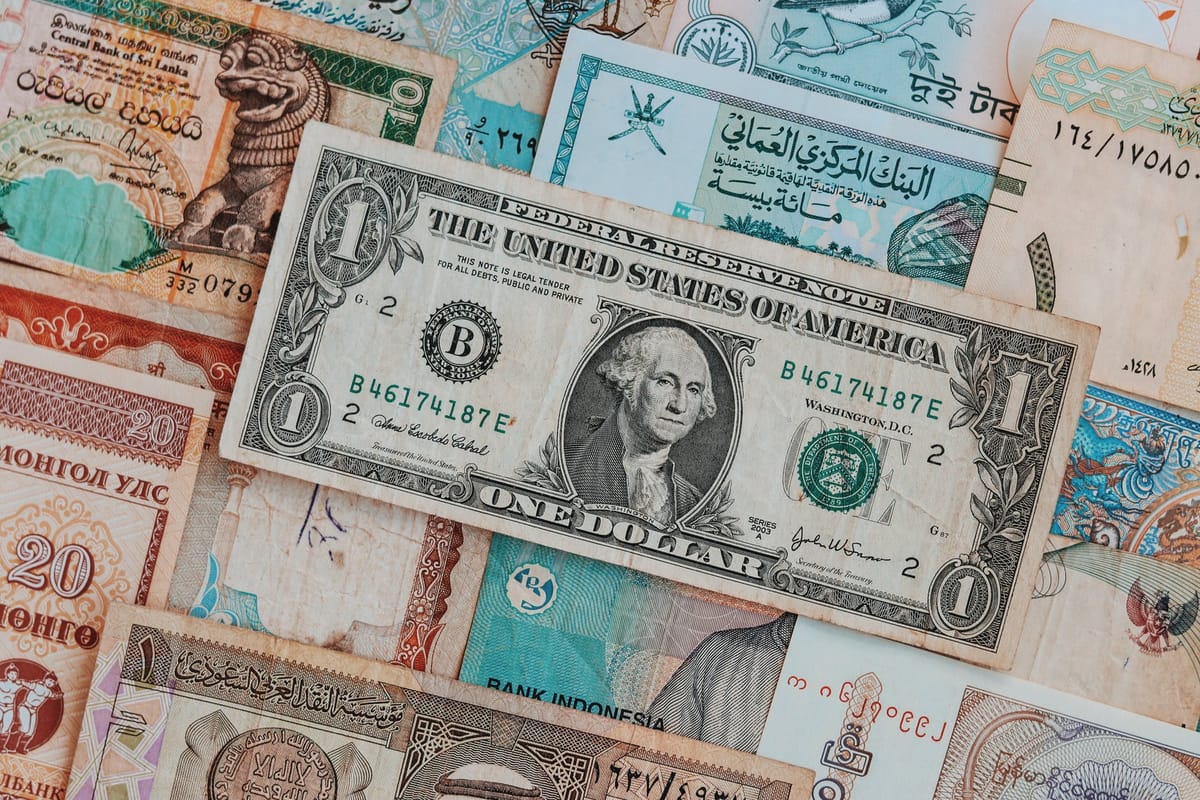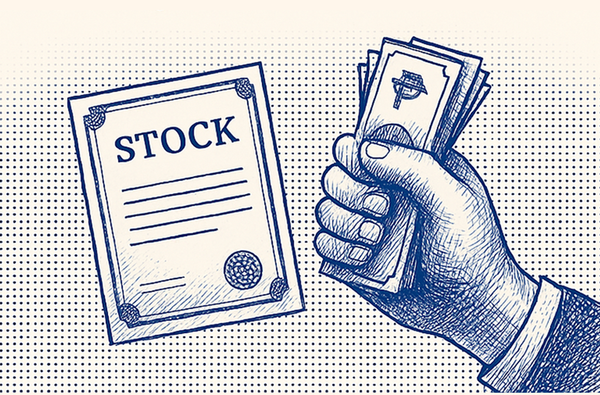How Dividend Investing Can Go Wrong
Dividend stocks are seen as stable and reliable. However, there are exceptions. This article will talk about some ways that dividend stocks can fail.

Dividend stocks are seen as stable and reliable.
That's mostly true. However, there are exceptions. This article will show you how dividend stocks can fail.
Let's start with some basics.
Why companies want high stock prices
Companies want their stock prices to be high so they can raise easy cash.
Let's say I own all 90 shares of a company (a 100% ownership stake) and I want to raise money for business expansion. I'm willing to issue 10 shares in the market, reducing my ownership to 90% (because I'll only own 90 out of 100 shares after issuing the 10 to the market).
In this scenario, I would prefer that people pay more for each share:
If I raise 1 peso per share, then I'm trading a 10% ownership stake for 10 pesos of cash in the business.
However, if I can raise 100 pesos per share, then I'm trading that same 10% ownership stake for 1,000 pesos of cash in the business.
Higher stock price, cheaper financing.
The Basics of Dividends
One way to make a stock more attractive and increase its price is to issue a dividend.
Dividends are cash the company decides to give to its shareholders. The higher the dividend, the more people will want to buy the stock. The more people buy a stock, the higher its price. High dividends generally lead to high stock prices.
A common misconception is that dividends follow stock prices (i.e., If stock prices increase, that means dividends will increase too). This is false. It's the stock market that follows dividends.
An example of how this works:
Let's say the markets want to make at least 5% of dividends yearly on their investment.
Company XYZ, priced at 20 pesos, previously never had a dividend. To make the stock more attractive, the company announces a 5 peso dividend every year moving forward.
The markets will perceive this as cheap (5 pesos divided by 20 is much higher than 5%!), urging everyone to buy XYZ's stock.
They will keep buying while they see it as cheap (i.e. yielding an annual dividend above 5%), until the price is pushed up to 100 pesos, reflecting the acceptable 5% dividend yield (i.e. 5 pesos yearly dividend for an investment of 100 pesos).
The alternative to issuing a dividend is to reinvest the cash in the business. Dividends are not free money: When a company gives you a dividend, that is cash that they could have spent on growing the business instead.
Click here for a blog post on how to estimate a company's future growth rate.
Receiving a dividend is like being forced to withdraw from a bank account: You can spend the cash, but you're giving up the interest gains – not to mention the taxes you have to pay for receiving a dividend.
How dividends can reduce your returns
Now that you know how dividends work, here are some ways that dividends can reduce your earnings.
Dividends prevent high-return reinvestment
An imaginary company, ROI Incorporated, has 100 million pesos in cash. They can use it to open a factory that earns 50 million pesos a year (an amazing 50% rate of return!), or they can issue a dividend. What should they do?
It's obvious: They should build the factory!
In this scenario, issuing a dividend would be wasteful. The company can reinvest the cash well.
If my bank account paid 20% annual interest, I'd avoid withdrawing cash to take advantage of high interest rates.
This is why good startups and fast-growing companies generally don't issue dividends - they're too busy making tons of profits through reinvestment. As these profitable opportunities disappear, the companies can then start issuing much higher dividends because they'd already invested in assets that generate huge profits.
Dividends the company can't afford
General Electric (NYSE: GE) is a well-known company that has been paying dividends since 1899.
In the 2010's, the company didn't meet their profit requirements. However, because they relied on the dividend to keep their stock price up, the company kept sending dividends - even if their profits couldn't handle it.
The company even incurred debt to pay their dividends, piling on interest payments that reduced profits.
After 5 years of unsustainable payouts, the company succumbed and cut its dividend in half, causing its stock price to drop by 35%.
Don't rely on dividends alone. Assess operations as well.
Companies that have no dividends can be very strong if they're reinvesting the cash in great opportunities.
Companies that issue regular dividends can be very weak if they don't have the financial strength to back it.
At the end of the day, dividends tell you little about the health of the company you're investing in.
If you want to know how strong a company is, don't just focus on how much cash it's giving you. Study the sources of its cash. What business is it in? How profitable is it? Who are its customers? And so on.
By knowing about the financial health of the companies you invest in, you'll be positioned to make better investments and save yourself from losses.



